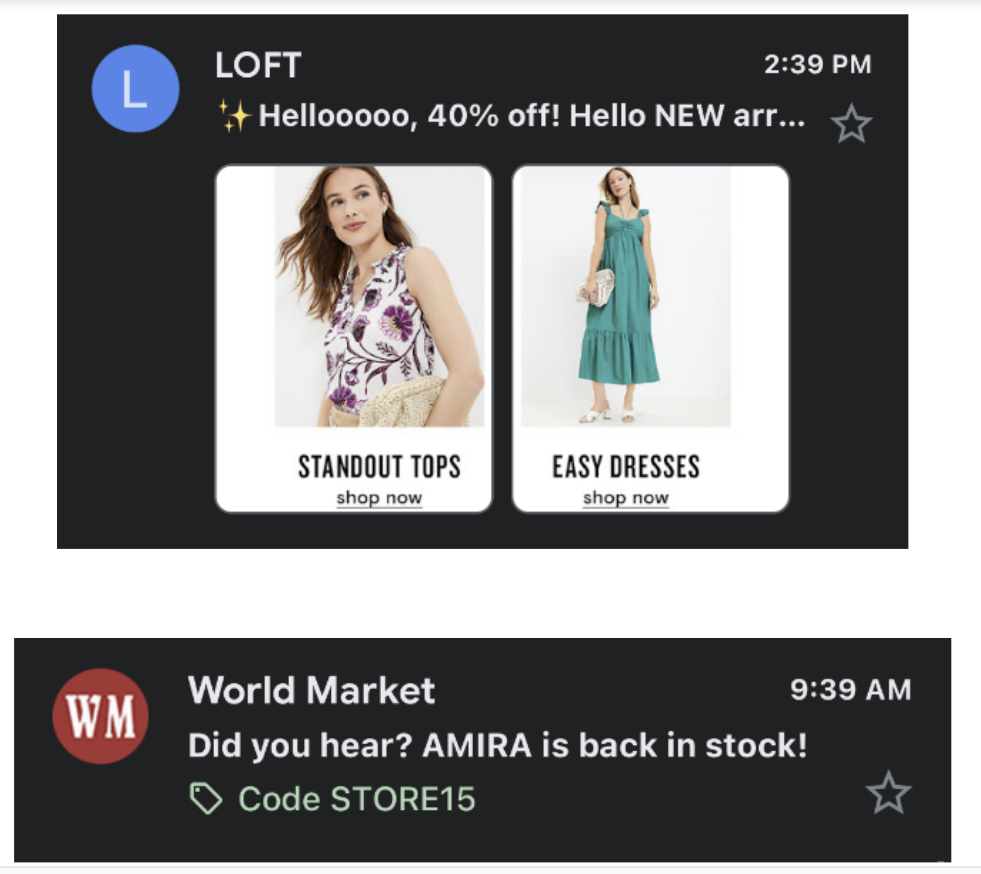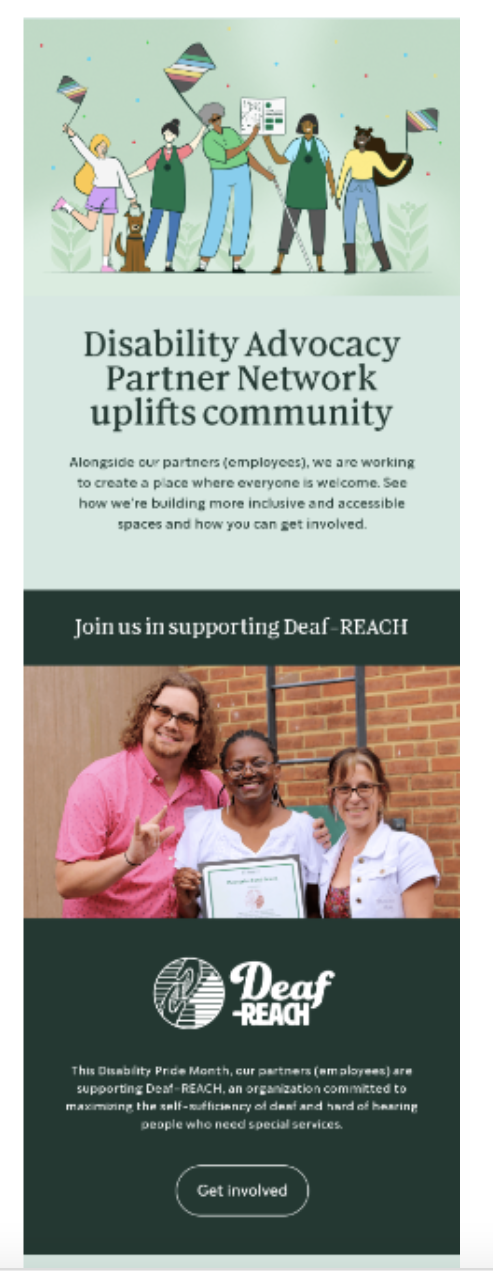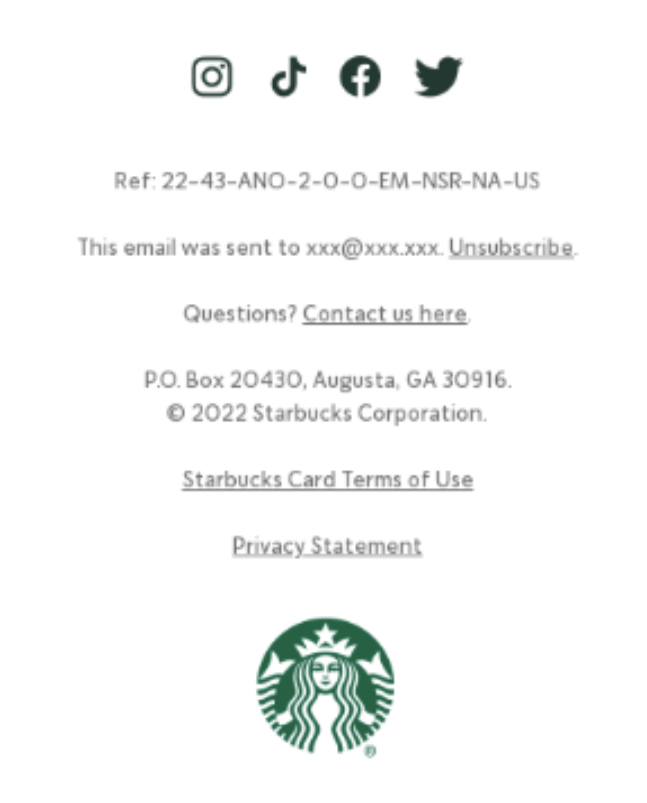
Remember what sending out your first campaign was like? You had a mile-long pre-send checklist and a bellyful of nervous butterflies, worrying about how it would turn out. Even today, right before I send an email, I get those butterflies (or maybe it’s just residual coffee jitters).
Regardless of how much blood, sweat, and tears went into crafting the content, only one thing matters after you finally hit send: subscriber engagement. If subscribers don’t engage (or if they engage negatively), it can hurt your email performance and eventually, your deliverability.
We’re going to break down the key elements of a successful email campaign and explore some tips to optimize each for a boost in email performance. But first, a reality check.
What’s the worst that can happen?
If a core piece of your email misses the mark, you could see a lack of audience interaction or worse, an increase in negative actions telling you your content was not received well. If changes are not made, your sender reputation and deliverability will suffer over time.
Reduced positive engagement: One clear red flag you are likely familiar with is seeing fewer CTA clicks. And while we know that individual opens aren’t reliable (Apple Mail Privacy Protection anybody?), a decline in your open rate trend can alert you to a potential issue elsewhere.
Increased spam complaints: When spam complaints spike, a portion of the audience is telling you that they did not find the content useful or they did not want your email at all. Also, this is a crucial factor in many mailbox providers’ filtering decisions for your future campaigns.
Damaged sender reputation: Mailbox providers determine sender reputation based on their own secret sauces, but we know they consider indicators from both senders and recipients. As a marketer, you have direct influence over the first and indirect influence on the second. Repairing a damaged reputation can be costly in terms of time and effort.
Poor deliverability: This is often a culmination of the above not being addressed in a timely manner, so be sure to pay attention to any warning signs that show up and fix the issues as quickly as possible.
A campaign post-mortem can usually reveal what went awry and give you the chance to prepare effectively for the next campaign.
Key elements and pro tips for successful email campaigns
Since a successful email campaign relies on positive engagement, let’s explore the different areas that are important to recipients and how to optimize them with pro tips that raise the interest factor.
The outside of the email, known as the envelope, has the most initial impact. If the subscriber isn’t interested in opening the email, the content inside doesn’t have a chance to shine. Time to take a look at what contributes to that first impression:
Sender name
The Sender Name is a simple part of the email that can have an out-sized impact when set up incorrectly. Use something clear and familiar to encourage recognition of your brand, and don’t be afraid to differentiate a sub-brand, like Victoria’s Secret does with their PINK line.
BIMI
While Brand Indicators for Message Identification (BIMI) isn’t a requirement yet, it has the potential to become an expectation by both mailbox providers and recipients. If you need a refresh on all things BIMI, check out this overview. Use a BIMI logo to deliver another brand identifier and cultivate trust with your subscriber, like Kohl’s does here.
Subject line
Your subject line should have a relevant hook that invites the subscriber to find out more by opening the email. Check keyword strength using a subject line tester, create a sense of urgency and interest, and personalize copy to make the most impact. If you need inspiration, look no further than this great list of subject line ideas from MailCharts.
Preview text
Think of this as a supporting role in the theater of email marketing. It’s not the main star, but it can provide more description or a tie-in offer to enhance the interest that was started by the subject line. Pro tip: Keep under 50 characters so content remains visible on most devices.
Google annotations
Gmail offers you the ability to highlight images and sales in the envelope and directly from your campaign. Annotations are used to display image carousels and discount codes on mobile devices, specifically the Promotions tab (obligatory reminder that the Promotions tab isn’t your enemy!) Find out how to get started here.
Now that you’ve constructed the most interesting envelope in the world, how is the main message going to wow them? The inside of the email, known as the body, has the biggest impact on click engagement. If the content doesn’t resonate with your audience, you not only run the risk of decreasing clicks, but you’ll likely see an increase in unsubscribes and/or spam complaints. Just like the envelope, the body has multiple areas that can be optimized. We’re going to use a Starbucks campaign to illustrate the different sections.
Header
Include your logo here because you want that initial scan to include brand recognition. However, this space is great for including a small sale banner or an important update. Starbucks uses this space to direct readers to its mobile app.
Content
This is the heart of your campaign, where your subscriber makes the decision to fully engage with your message. It’s also the most complicated, relying on multiple items working together to function as intended. It contains the following elements:
- Copy: This is often where the brand voice sings. Text should be well-organized and readable. Determine which approach to take (funny, serious, flirty, etc.), then craft a succinct and compelling message. Keep the audience scope in mind and pivot if the subject requires a different tone.
- Images and GIFs: These elements include photos, drawings, colors, and movement. It all grabs attention and it should support your copy. Loading times can vary based on the imagery size, so a balance between appearance and size will be necessary.
- CTAs and links: Encourage engagement by providing click points in buttons or text hyperlinks. Calls to action should be descriptive but brief.
Pro tips: While “Click here” and “Read more” are to the point, they are rather bland and uninspiring. Challenge yourself to get creative within a framework of just a few words and add excitement. This email chooses a more inspiring “get involved” CTA. Also, always test your links before sending.
Footer
Every email footer should include a clear unsubscribe link. Marketers generally perceive unsubscribing as a negative action because it reduces list size. However, the mailbox providers generally see it as a neutral action unless there is a sharp spike in unsubscribes (meaning there is a big problem somewhere else in your program).
Pro tip: Make the unsubscribe link easy to find. While the link is usually placed in the footer, it can also be placed in the header or somewhere in the content. What you don’t want is for the subscriber to submit a spam complaint, which is definitely on the mailbox provider’s list of negative actions.
Email footers should also include:
- Your company’s postal mailing address: This is legally required by the CAN-SPAM Act and is a trust factor with subscribers.
- A privacy policy link: Including access to your privacy policy is another small way to build trust with subscribers.
Preference center link
Offer your subscribers options with a state-of-the-art email preference center. Let them tell you what they want, whether it’s related to frequency, content, or even specific opt-outs/opt-ins for multiple email streams.
Know your email anatomy and send with confidence
As you can see, the success of your email campaign relies on multiple email elements that work together to foster subscriber engagement. Now that you are armed with pro tips and this list, you shouldn’t have to worry about those pesky butterflies sneaking up on you again as you get ready to hit send.
Take another confident step and see how your email program measures up to global senders in our 2023 Email Deliverability Benchmark report.





